Several Jaguars are routinely cited as being design classics. However, that didn’t stop Italian coachbuilders and styling houses from attempting to improve upon perfection.
The movement began as far back as the early 1950s. The 1960s and ’70s, in particular, witnessed the release of several memorable makeovers, some of which had arbiters of beauty championing their cause far and wide. Others, by contrast, were poorly-received – often with good reason. Yet none were boring, which gives car enthusiasts like us plenty to talk about.

What follows is a rundown of the better-known Giaguari Latini, and a few that have long since been forgotten by history. The real shame is that Italian coachbuilding is now facing extinction, so there may never be another masterpiece of this kind. The cars featured here serve as a reminder of how good – or, at the very least, memorable – it was while it lasted.
Frua E-type, 1966
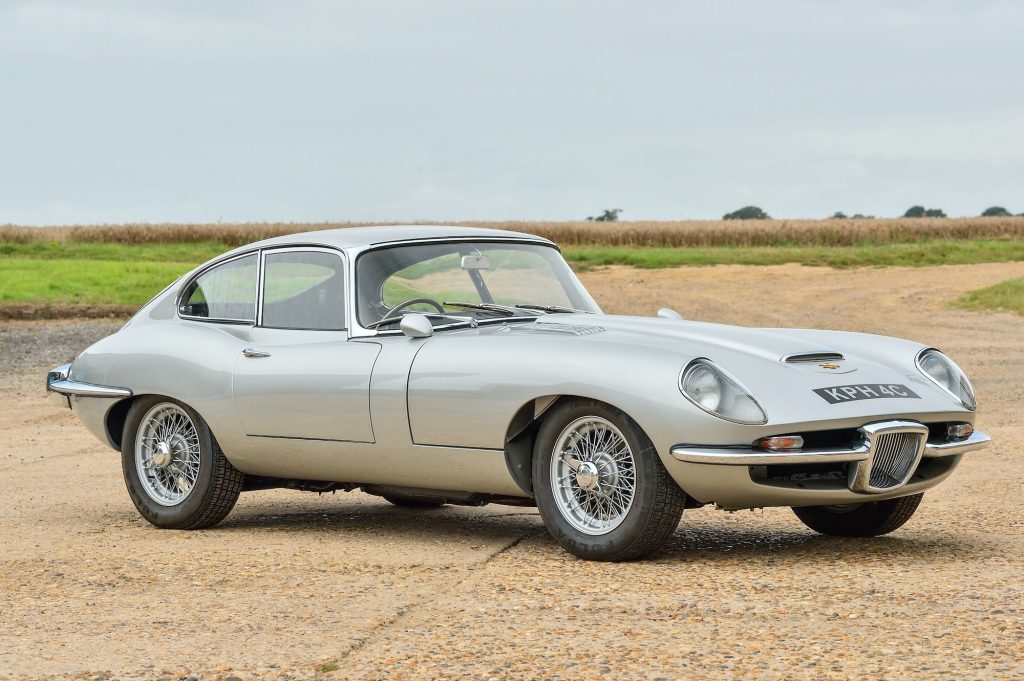
Frua’s best-known Jaguar remodelling was more of a restyle than a complete redesign. It was completed at the behest of well-known dealer, John Coombs. The sometime race entrant envisaged selling specially-tailored Jaguars to a discerning clientele, the prototype being displayed at the 1966 British International Motor Show at Earls Court.
Some 250mm (9.8in) was removed from the nose, while the power bulge was replaced with an air-scoop. A new grille was also substituted. The rear end was similarly truncated. Perhaps unsurprisingly, given the popularity of the standard E-type, there were no takers and accordingly the car remained unique, much like the Frau S-type (below). It was later lightly modified by Italsuisse – a firm for whom Frua was a close collaborator – which added a rather boxy, full-width rear bumper. The car was offered recently on auction platform Collecting Cars, but the auction ended with the car unsold.
Frua S-type, 1966
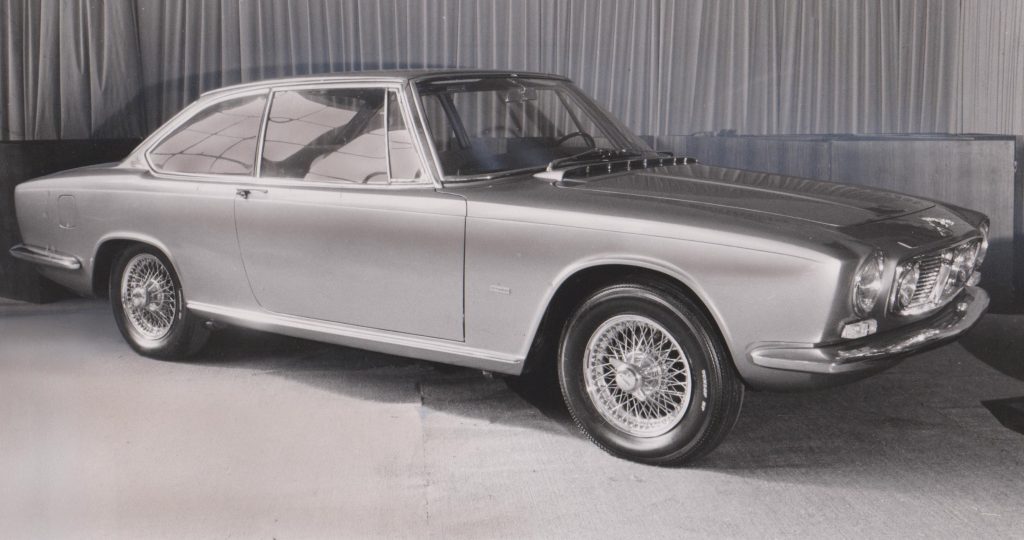
Pietro Frua’s bulging resumé included several landmark classics. Milan Jaguar concessionaire, Faltori and Monanti, commissioned the build of a custom-bodied S-type in 1965. A rolling-chassis was dispatched to Turin in December of that year, and remarkably the prototype was completed in time for its big reveal at the March 1966 Geneva motor show. Whether it was always going to be a one-off, or if the intention had been to create replicas, is a source of debate among historians. What is beyond doubt is that it remained unique. The Frua S-type remained unsold for several months until it was acquired by Italian gentleman, Francesco Respono. He, in turn, moved it on to former motorcycle racer, Hans Haldemann.
Bertone FT, 1966
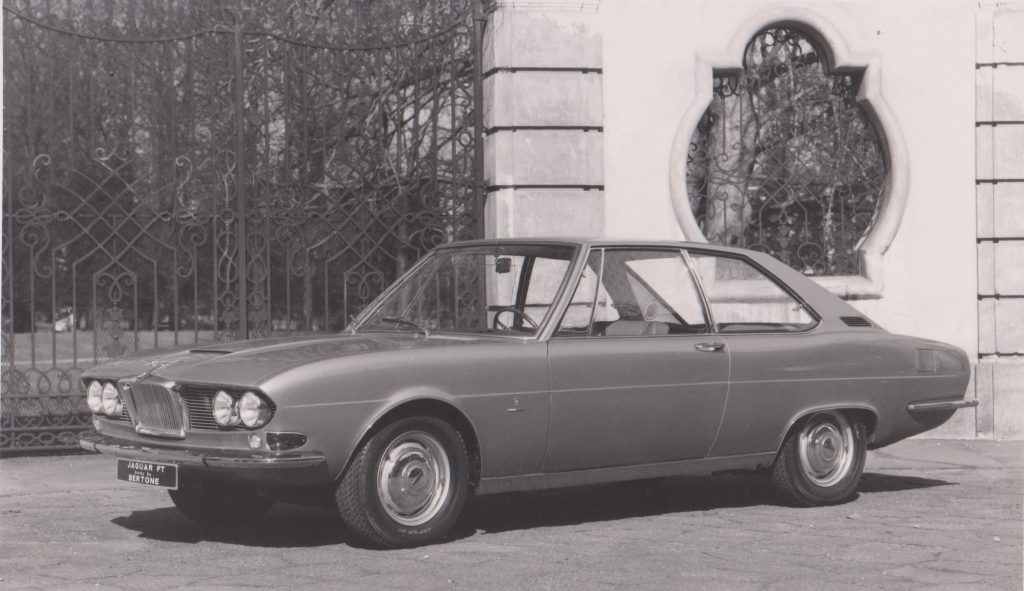
Following on from a prior XK150 rebody was no easy task, and Bertone’s next ‘boutique’ Jaguar was surprisingly sober-looking by comparison. The marque’s Italian concessionaire, Ferruchio Tarchini, commissioned the Turinese styling house to construct a four-seater Gran Turismo based on the 3.8-litre S-type saloon in time for the 1966 Geneva motor show.
Marcello Gandini was tasked with creating an all-new outline, the intention being to create a car for the Italian market only. Tarchini would be the sole distributor for this coachbuilt strain that was to be dubbed ‘FT’ in his honour. However, it wasn’t warmly received following its unveiling. Nevertheless, Tarchini pressed ahead and commissioned a second car, this time based on a 420 platform.
Bertone Pirana, 1967
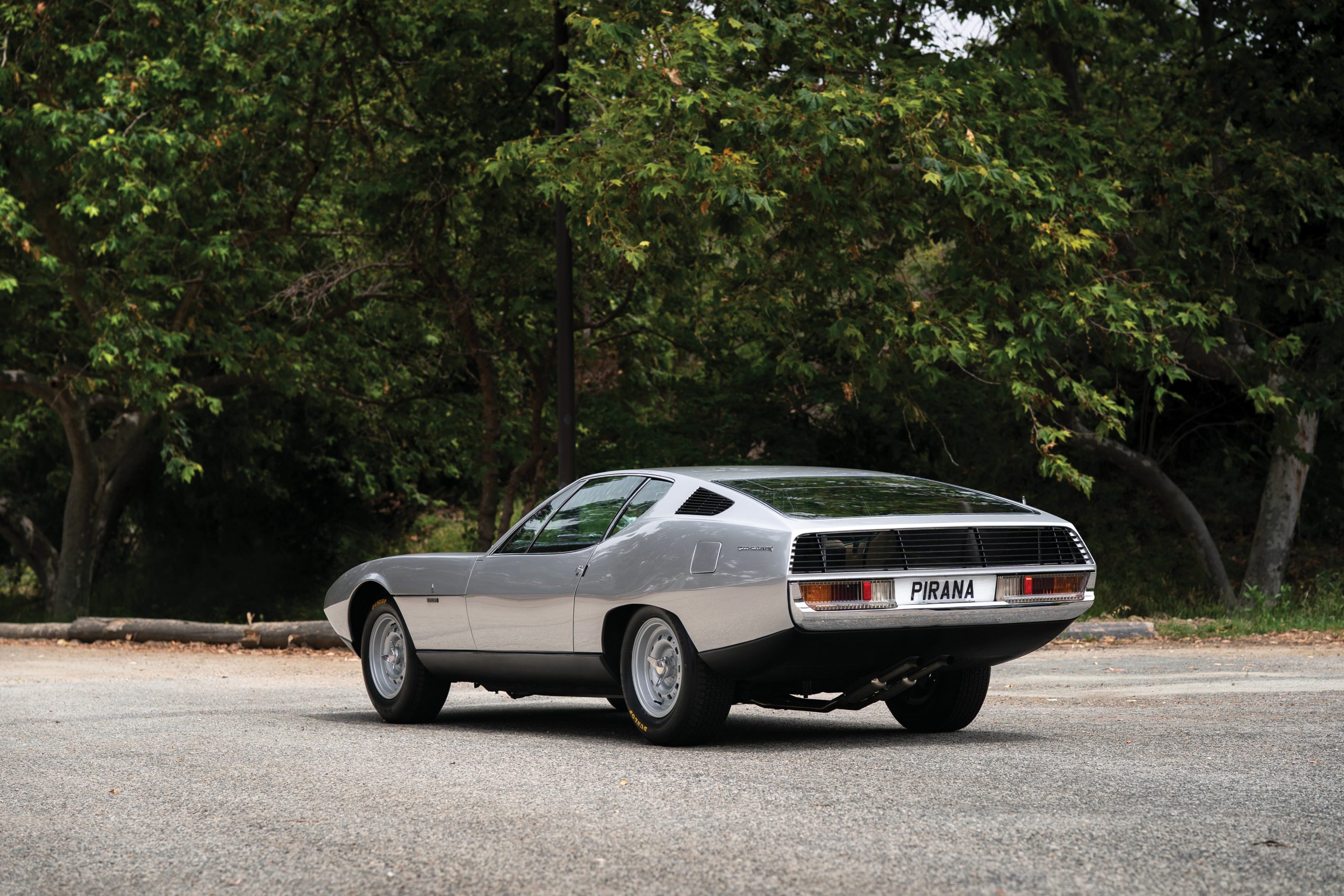
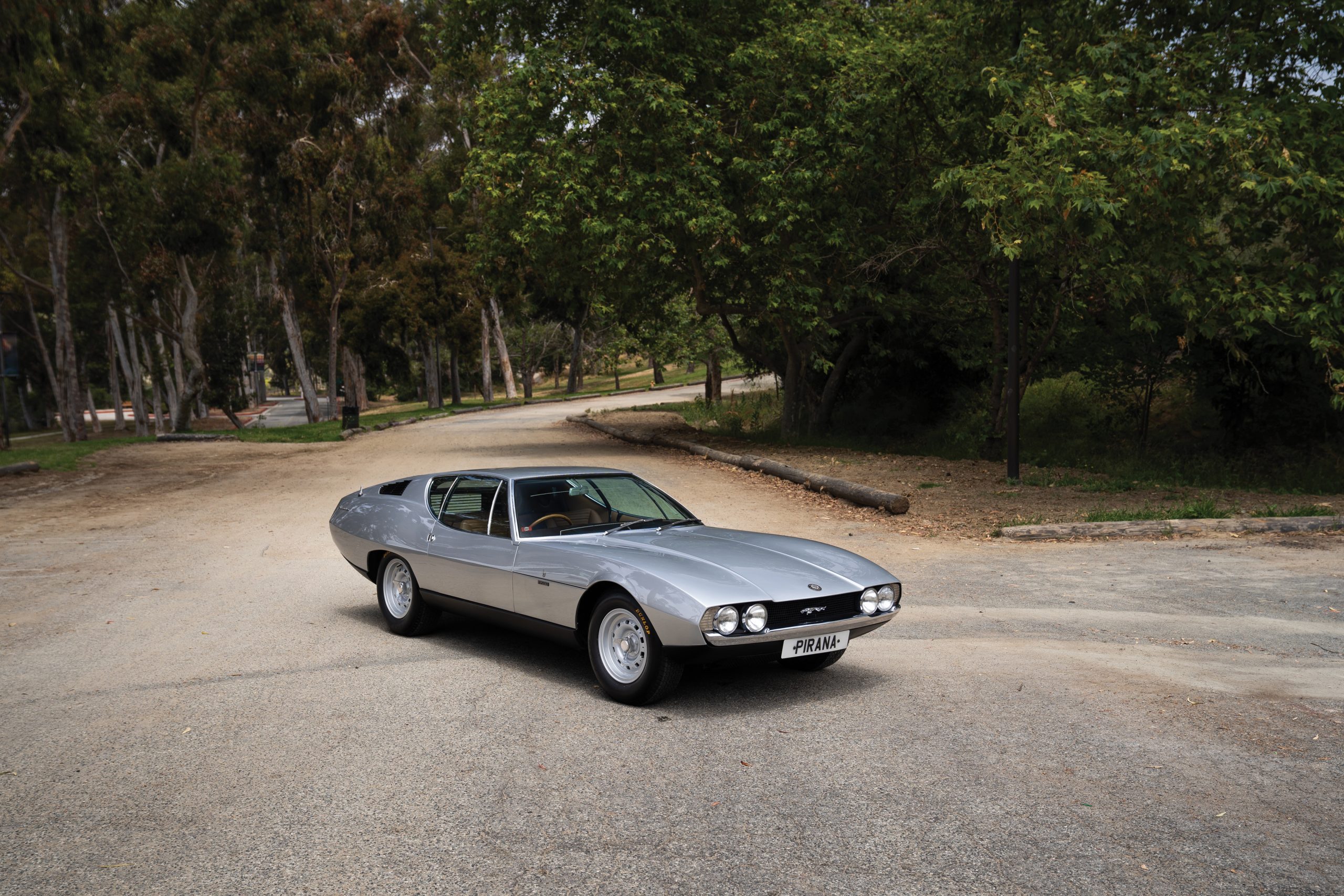
The next Bertone Jaguar was infinitely sexier, and well-publicised in period. That is understandable given that it was conceived by The Weekend Telegraph’s editor, John Anstey, and his staff. It presented their idea of the perfect GT car. Nuccio Bertone was quick to come onboard, agreeing to complete the coachwork in time for the Pirana’s debut at the October 1967 British International Motor Show.
Bodied in steel save for the aluminium bonnet, and styled by Gandini, the resultant creation cost a rumoured £20,000 to build – nearly £400,000 today. There was never any intention of building even a small run of replicas. The Pirana’s outline proved influential, however, in that it provided reference points for the Lamborghini Espada.
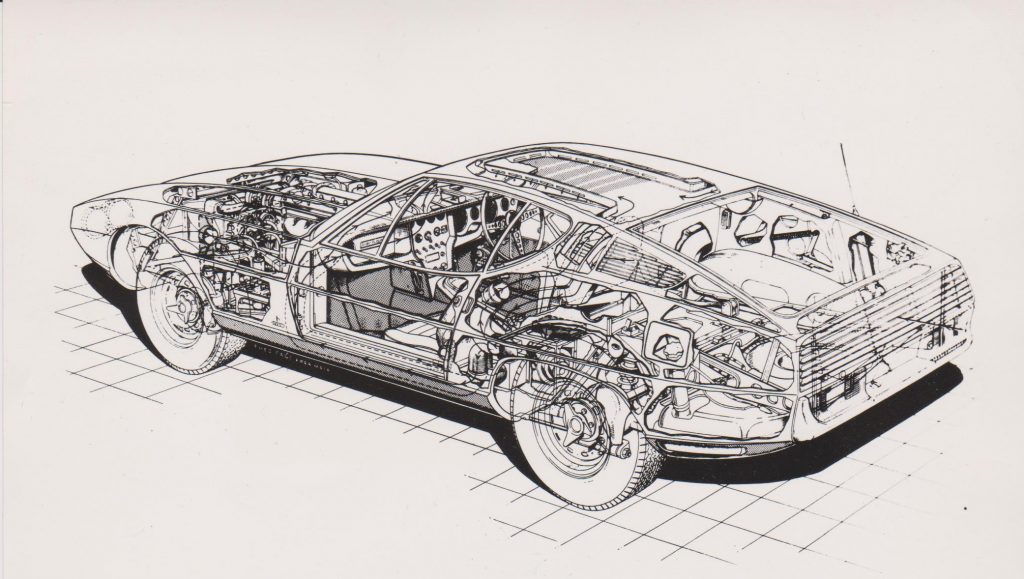
Bertone Ascot, 1977
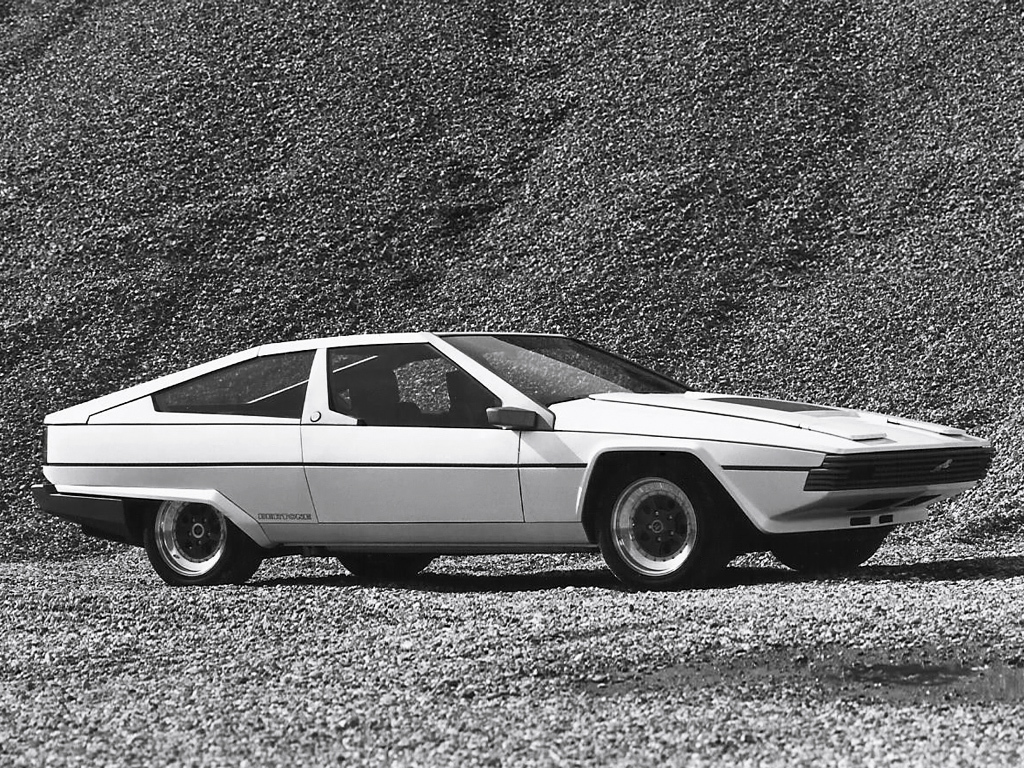
Gandini’s follow-up was diametrically opposed in terms of styling. The shy artiste was at the height of his ‘folding paper’ powers when he styled the brutally angular Ascot. Based on a shortened XJ-S platform, complete with 5.3-litre V12, it was created at a time when Bertone was pitching to shape mainstream production cars for Jaguar.
What the creative types in Browns Lane made of the Ascot remains unrecorded, but this most serrated of big cats was nothing if not noticeable. Sharing styling cues with another Gandini creation, the Ferrari-based Rainbow, it was unveiled at the 1977 Turin motor show. It was greeted with muted praise, which would explain why it remained unique.
Bertone B99, 2011
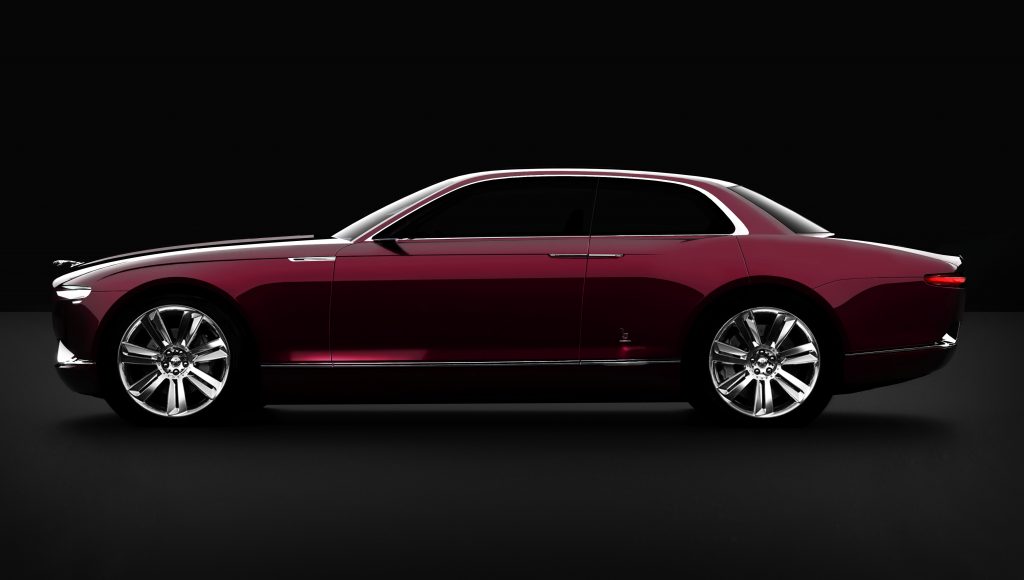
Scroll back to 2011 and Bertone had been in a parlous state for much of the previous decade. The arrival of this beautiful concept car at that year’s 2011 Geneva Motor Show proved that this hardy legend still had the ability to surprise. What’s more, it was styled by a Brit – the talented Adrian Griffiths.
While Jaguar was keen to distance itself from anything remotely retro, here was a styling masterclass that appeared classic without being clichéd. The B99 concept was also touted as a hybrid, with both a combustion engine and electric motors. Not only that, it was displayed next to a mocked-up racing version, complete with the mother of all rear spoilers. However, it came to nothing.
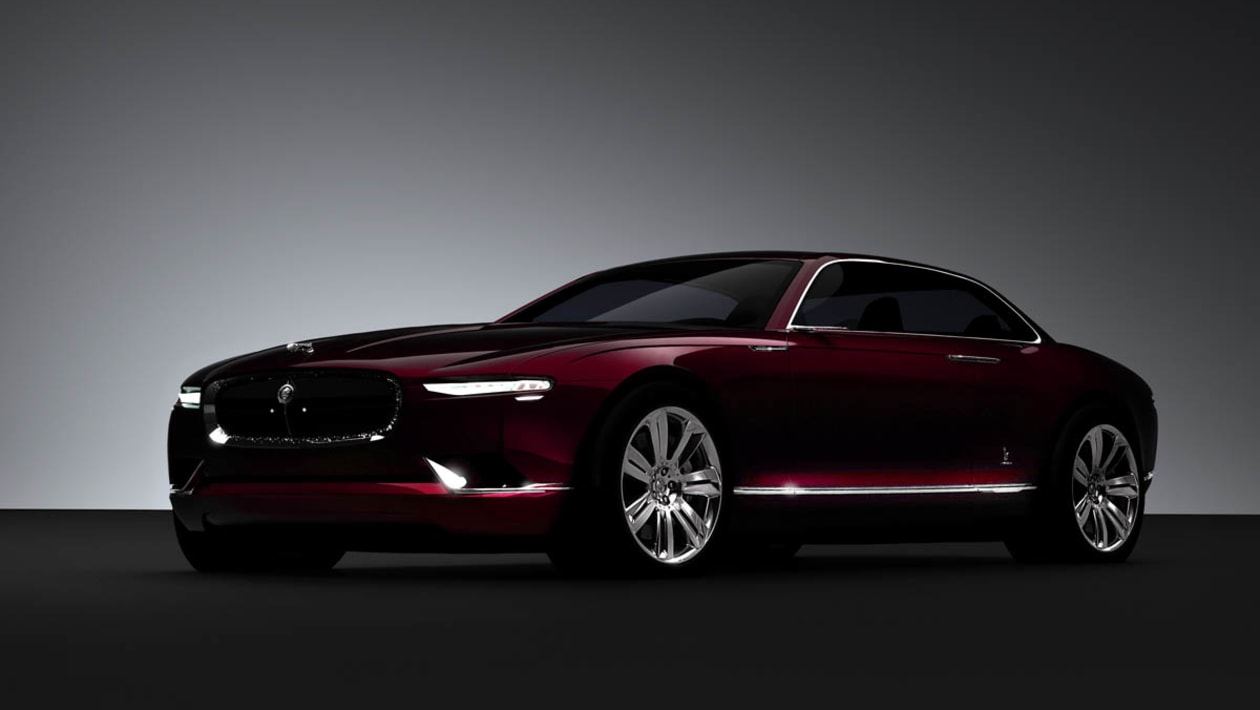
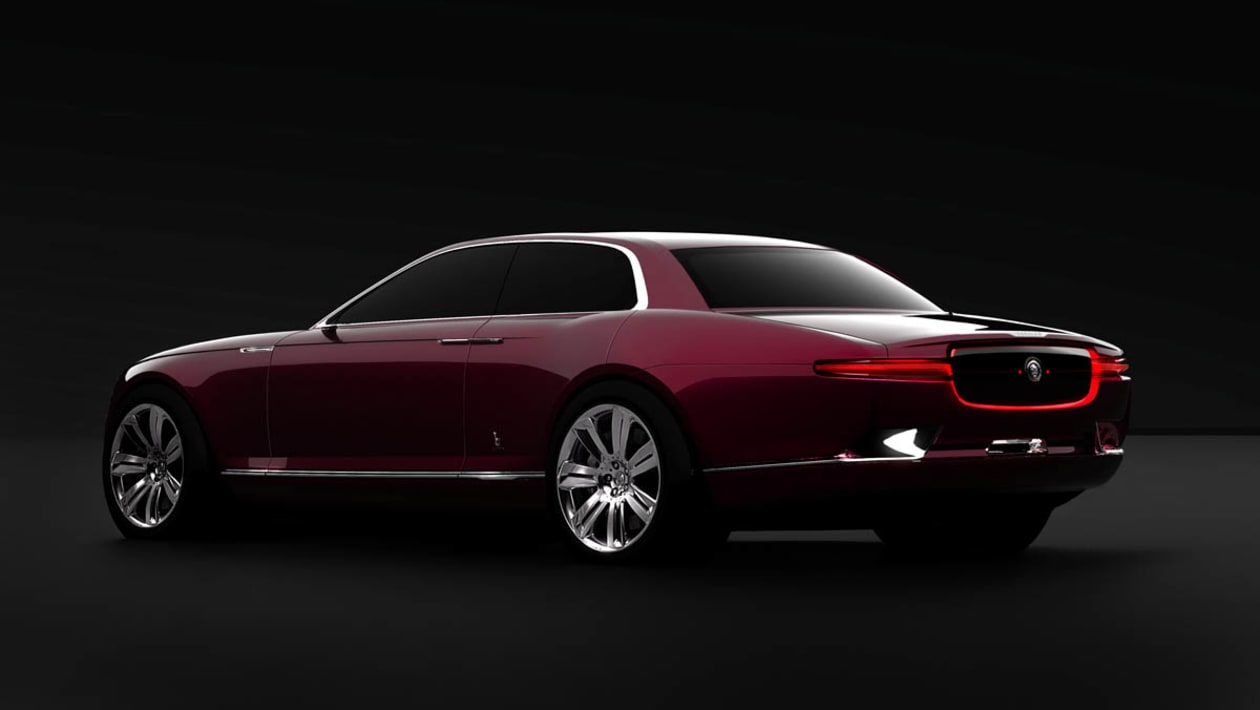
Italdesign Kensington, 1990
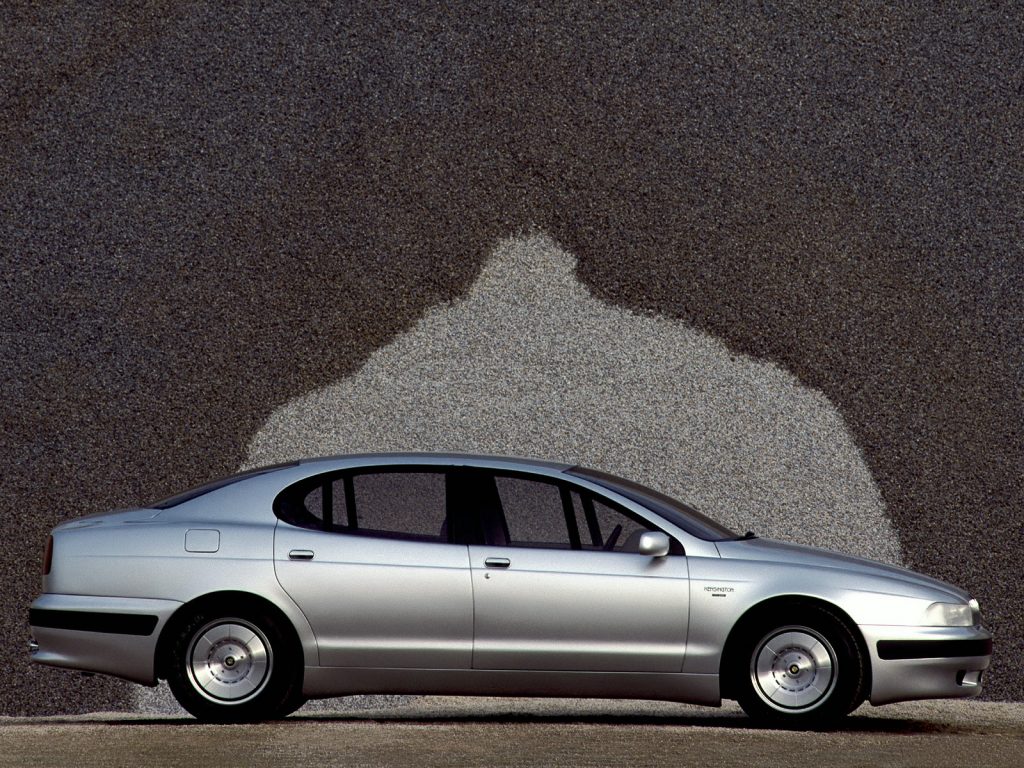
Styling great Giorgetto Giugiaro had high hopes for the Kensington when it was released in 1990. The Italdesign principal opined in period that Jaguar was too rooted in the past; that he was keen to move the marque’s design language forward.
The most controversial part of the XJ12-based Kensington was the high-sited rear three-quarter treatment, but it proved influential. Many well-known designers freely admit to having been inspired by this one-off, but Jaguar – which didn’t sanction the build – was sniffy about it. Giugiaro has rarely been one to let things go to waste: he subsequently reworked the outline for several Italdesign-shaped cars wearing Lexus and Daewoo nameplates, among others.
Pininfarina XJ Spider, 1978
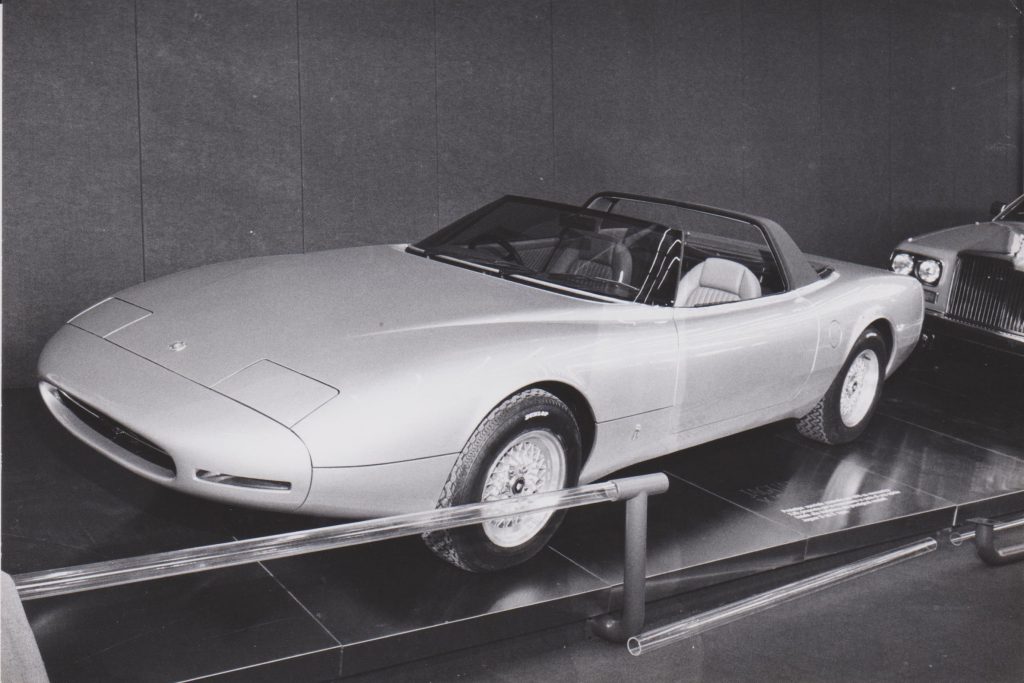
Of the many 1970s concept cars, few tugged on the heartstrings quite like this exquisite XJ-S-based creation. This shapely machine was strictly a standalone gig with no official factory involvement save for the contribution of a well-used XJ-S test hack which acted as a donor car. By the time the Turinese artisans were finished, all that remained was the bare floorplan, the new body being fashioned in metal and aluminium under the direction of Lorenzo Ramaciotti.
First seen publicly at the 1978 British International Motor Show, it caused a furore, but sadly – tragically even, it remained only a prototype. Pininfarina was responsible for the third-generation XJ6/12 makeover, though.
Pininfarina XJ220
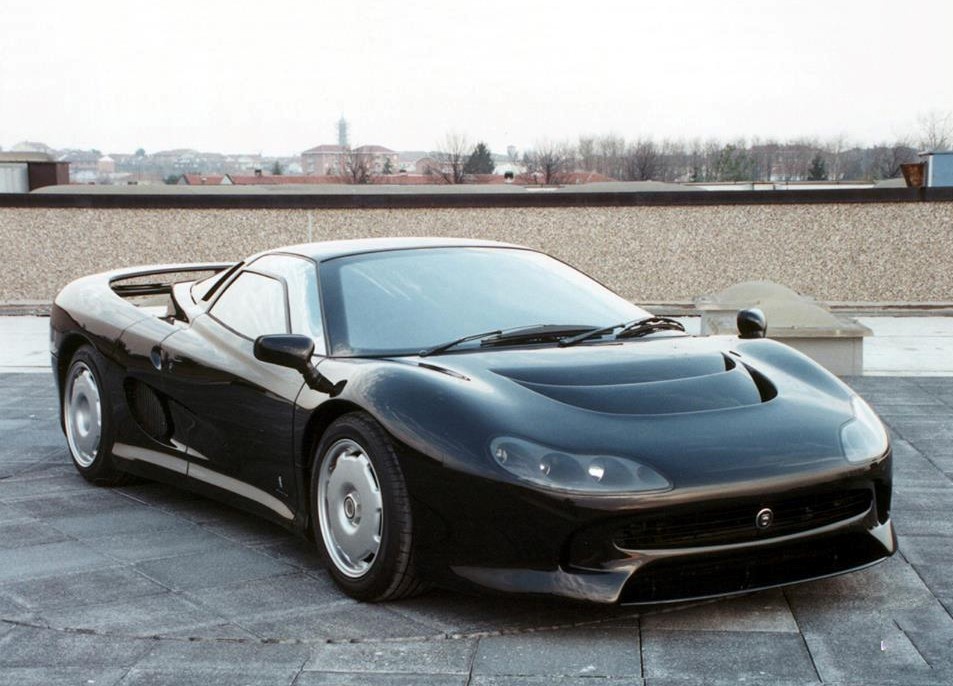
The most recent Pininfarina Jaguar remains shrouded in mystery. It wasn’t publicised by the firm in period, that’s for sure, nor does it appear in most books on the subject. The Sultan of Brunei was once a highly-valued customer, and in 1995 he requested a customised XJ220.
The regular car’s outline, the work of Keith Helfet, remained, only with fixed headlights in place of concealed items, the rear end being reworked to accommodate different light clusters and a larger spoiler. The interior was also altered. However, the task of building the car was subcontracted to Sergio Coggiola’s eponymous carrozzerie. Whether the Italian reinterpretation was an improvement over the Coventry original depends on your artistic bent. [Ed: You know the drill… Let us know in the comments, below.]
Zagato Jaguar XK140/XK150
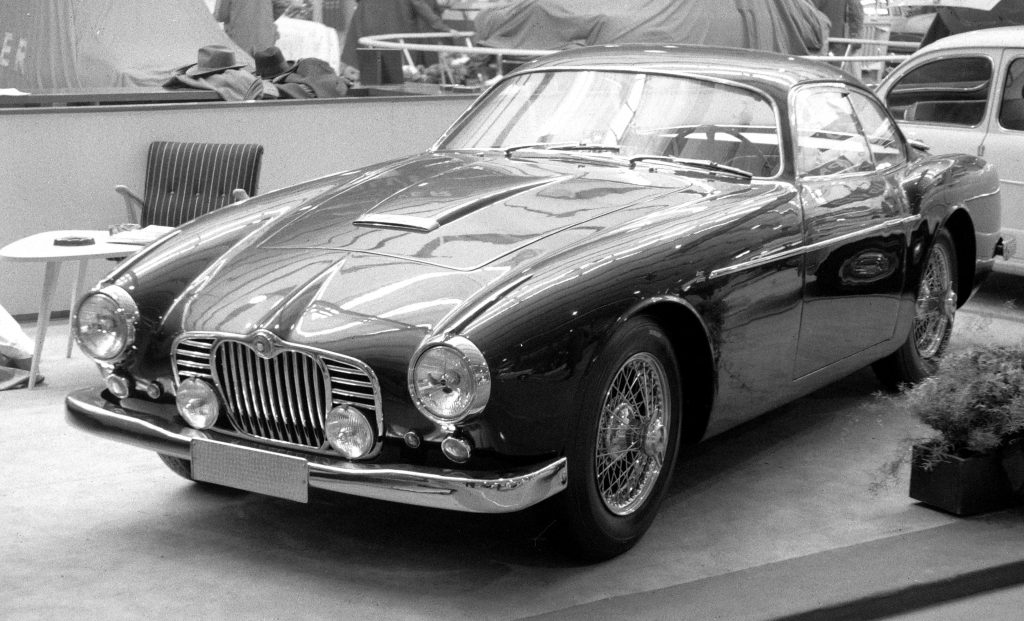
Milanese coachbuilder Zagato created several significant designs during the 1950s, but its take on the XK-series remains a subject of confusion and conjecture. It was once widely held that three cars were made, but some historians have adopted the view that only two were so bodied.
The first example was built on an XK140 platform at the behest of Italian playing card manufacturer, Guido Modiano, who had crashed the donor car. The finished article was displayed at the 1957 Paris motor show. A second example, based on XK150 running gear, was then fashioned for a Swiss Jaguar dealer and exhibited at the 1958 Geneva Motor Show. A third car was purportedly built, based on an XK150 SE.
Read more
Peter Stevens: Designing the Jaguar XJR-15 road-going Le Mans racer – in a car park after work
Does Jaguar’s disappointing XJ220 have a more promising future than its glorious D-Type?
Show star turned racer: Ghia-bodied XK140 up for auction








The Bertone B99 is stunning; the rest exhibit a variety of examples of failure, many laughable.
It shows how good many of the originals were, particularly the E Type.
Not British but Bertone’s Volvo efforts also varied somewhat – the 262c with lowered roof just emphasised the brick like look of the 240 saloon whereas the lines of 780 coupe could challenged Fiats 130 elegant design.
Unfortunately the former was never sold in the UK.
Just proves it’s not easy to improve on perfection.
The b99 does indeed look fantastic, the big question is why would anyone want to redesign the e-type
The Bertone B99 should have been put into production. In fact, it still should. Ian Callum’s X351 XJ was nondescript by comparison, which is probably why it sold so badly, and why I stick with my beautiful X350 XJ. Listen up Jaguar – instead of dropping the XJ, get the B99 on the market as a hybrid – people would buy it.
The only attractive Jaguar on this list, is the 2011 Bertone – shame Jaguar never adopted it.
“fashioned in metal and aluminium”. What is aluminium if not a metal?
In common with most actual Jaguars, overly long front and rear overhangs make them age badly.
The Kensington clearly led to the Alfa 156 which Giugiaro designed for Walter daSilva’s Alfa Centro Stile
I cannot understand for the life of me why the B99 wasn’t adopted for production.
Jaguar saloons have always had beautiful mouthwatering designs up and till the XF which is basically a common design that is certainly not unique.
I really feel that Jaguar management have most unfortunately lost their way.
Just goes to show how easy it is to ruin original design
B99 would sell at twice the price of any current Jaguar but Jaguar lost the plot when they moved to design by committee
Mostly hideous. Just goes to show that only can the Italians make cars that are even less reliable than a Jaguar, they can make them uglier too. Nice work.
If you compare the Alfa Romeo Disco Volante from the early 1950s with the Jaguar XKE that came 10 years later, it becomes obvious who first invented the design concept.
Why did most of the memorable historic British cars look so Italian while the rest went out of business a long time ago.
Italian design houses sometimes had their names officially associated with a car manufacturer like Pininfarina did with Ferrari or Alfa Romeo.
However in other cases the manufacturers paid an Italian Company for the design of a specific model and then passed it on as “ in house “ to improve prestige and brand image.
That might explain why Enzo Ferrari liked the look of the E type so much – a hidden compliment to Pininfarina as only he could have known ?!
The Bertone B99 should have been the next generation XJ Series.
Italdesign Kensington, 1990 looks horrible like a stretched out chrysler neon
‘Totally agree with all of these comments. Jaguar have lost their way in design – a field where they once ruled the world. Only the B99 stands out and should have been the replacement for the X350
So, Mr Callum & entourage arrive to look at the B99 at Bertone’s design centre. Clearly, we might have a problem.
It’s not just that it’s designed outside of Coventry (already awkward for people’s ego) but it’s also designed by an “unknown” Brit designer who – clearly – understands what a modern, classic XJ should look like. Better, in fact, than Mr Callum. Ooooops. There possibly goes an industry reputation….
In retrospect, it would have been way better for Jaguar’s design department to swallow their pride and work with Bertone to make an even better B99.
Instead, we get the Callum XJ. Is there any enduring love or admiration for that design ? Not really.
In fact, dare I say that working alongside Mr Callum’s ‘J’ of JLR was Mr G McGovern in the ‘LR’ part of JLR. Despite LR’s invidious reputation for flaky reliability people still queue up to buy what has been a string of attractive designs. By sheer metal shifted, McGovern is way more successful as a designer, I posit.
Did Nuccio Bertone feel any less fulfilled than his star designers who are revered now ? I’ve never heard any rumours about professional jealousy at Carozzeria Bertone.
I suspect Sig.Bertone knew how to let talent blossom. Perhaps other Heads of Design should take note…..?